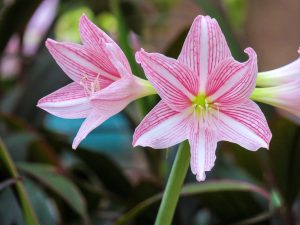August might be the heart of summer, but for gardeners in Zone 9a, it’s also a prime time to start thinking about the plantings that will flourish in the warm-climate conditions of late summer and early fall. This USDA hardiness zone, characterized by mild winters and long, hot summers, presents unique opportunities for enthusiasts eager to cultivate vegetables, flowers, herbs, and landscape plants.
In this in-depth guide, we’ll explore the best options for planting in August within Zone 9a, ensuring a variety of blooms and bountiful produce.
Vegetables To Plant
Tomato (Solanum lycopersicum)
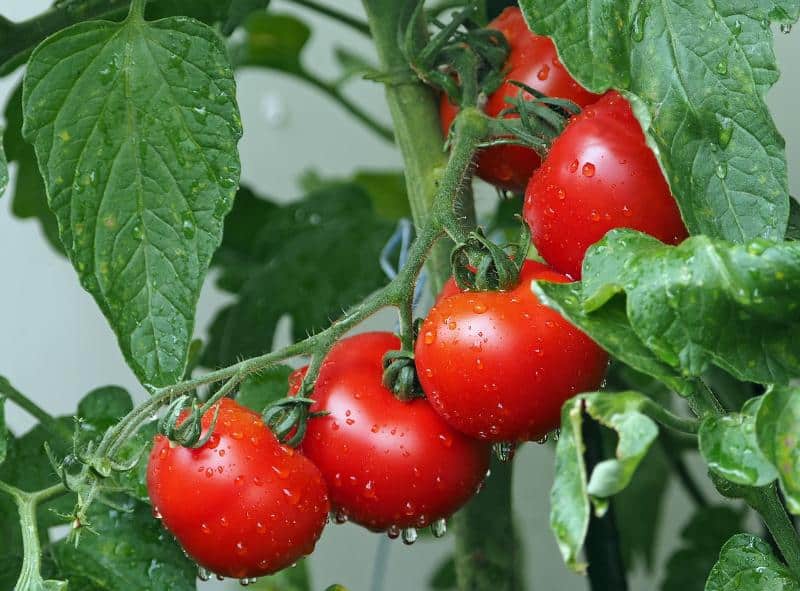
Tomatoes are a staple in warm-season gardens and are perfect for planting in August in Zone 9a. They thrive in sunny spots and can withstand temperatures between 70°F and 90°F. Planting should ideally occur early in the month to allow time for fruit development before the cooler weather of fall sets in.
Growing Tips:
Transplanting: Start with seedlings for earlier production. Space plants 18-24 inches apart.
Watering: Consistent moisture is critical, but avoid overhead watering to prevent fungal diseases.
Harvesting: Expect to begin harvesting 60-80 days after planting, depending on the variety.
Eggplant (Solanum melongena)
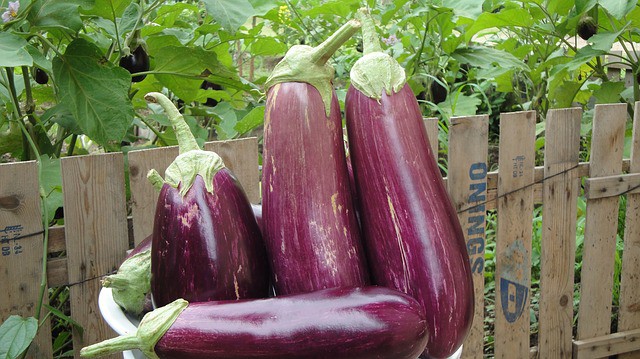
Eggplants are another warm season favorite that can be sown in August. They thrive in temperatures around 70°F to 90°F and require full sun for optimal growth. This versatile vegetable can be used in a variety of dishes and provides an efficient yield in small spaces.
Growing Tips:
Spacing: Keep at least 24 inches between plants to encourage air circulation.
Soil Needs: Rich, well-draining soil with ample organic matter is ideal.
Pests: Watch for aphids and whitefly; insecticidal soap can help mitigate infestations.
Peppers (Capsicum spp.)
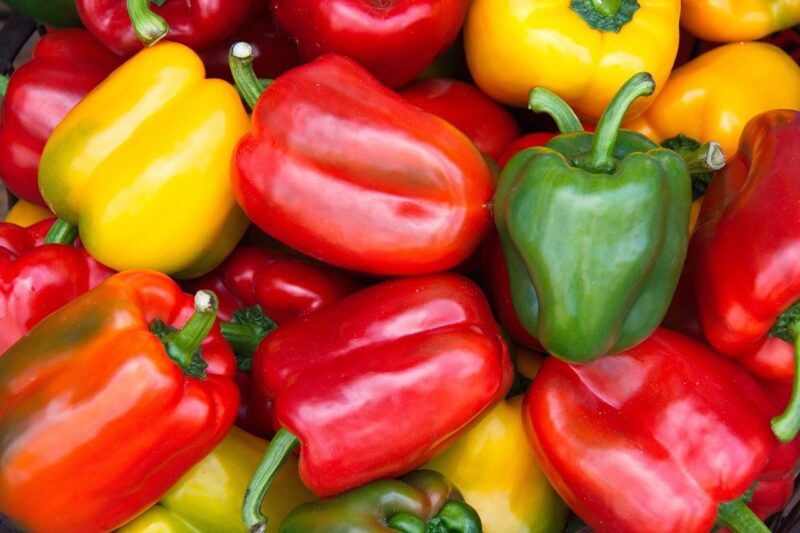
Both sweet and hot peppers are excellent choices for August planting in Zone 9a. Preferring balmy temperatures, these plants can thrive even when daytime highs reach into the 90s, provided they receive adequate moisture.
Growing Tips:
Planting Method: Direct seed or transplant seedlings, spacing them about 18 inches apart.
Sunlight: Ensure they receive at least six hours of sunlight daily.
Fertilization: Use a balanced fertilizer every few weeks to promote growth.
Squash (Cucurbita pepo)
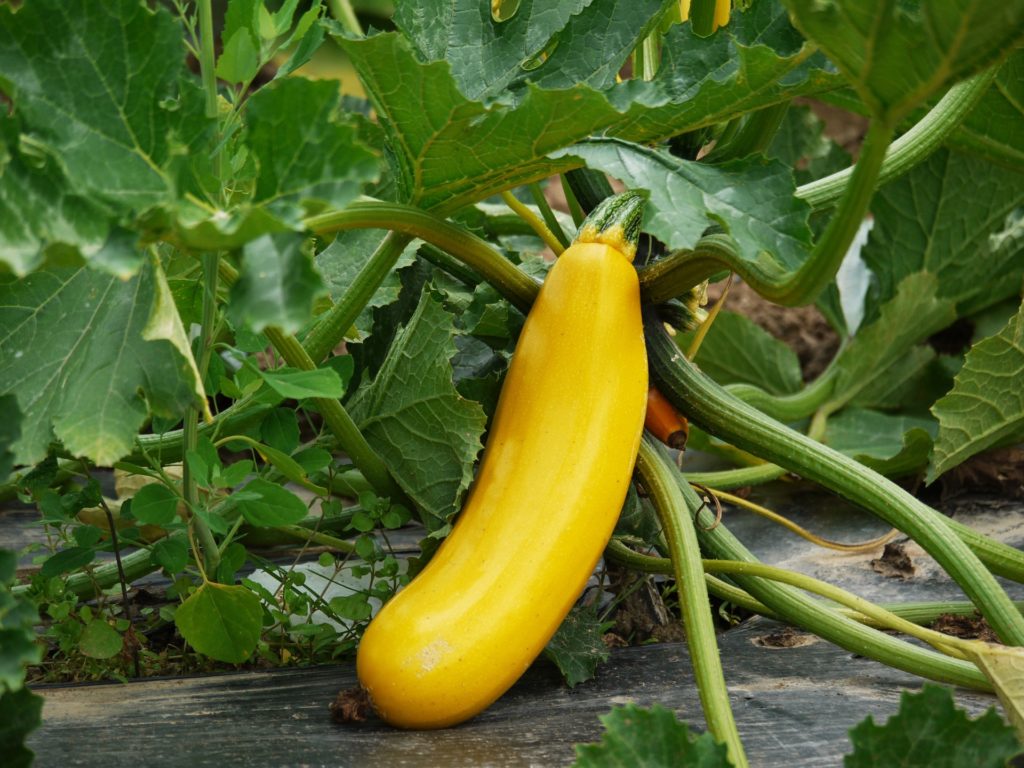
Summer squash, such as zucchini, can be planted in early August. They grow rapidly and produce fruit within 50-70 days, making them perfect for late summer planting. Squash enjoys warm soil and consistent watering.
Growing Tips:
Spacing: Plant seeds or seedlings about 24 inches apart to allow for sprawling.
Mulching: Apply mulch to retain soil moisture and suppress weeds.
Pests: Keep an eye out for squash bugs and cucumber beetles.
Green Beans (Phaseolus vulgaris)
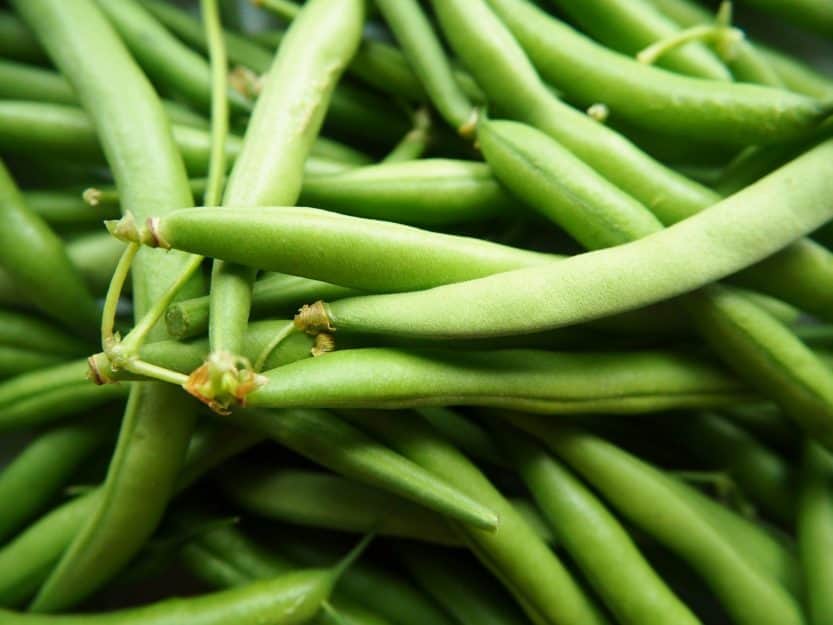
Quick to mature, green beans can be directly seeded into the soil in early August. They flourish in warm temperatures, making them ideal for this region. With a typical harvest time of about 50-60 days, you can enjoy fresh beans well into the fall.
Growing Tips:
Support Needed: Climbing varieties will require trellising for vertical growth.
Watering: Regular watering ensures tender beans; be mindful not to let the soil dry out.
Companion Planting: Consider planting with corn or squash to maximize garden space.
Cucumbers (Cucumis sativa)
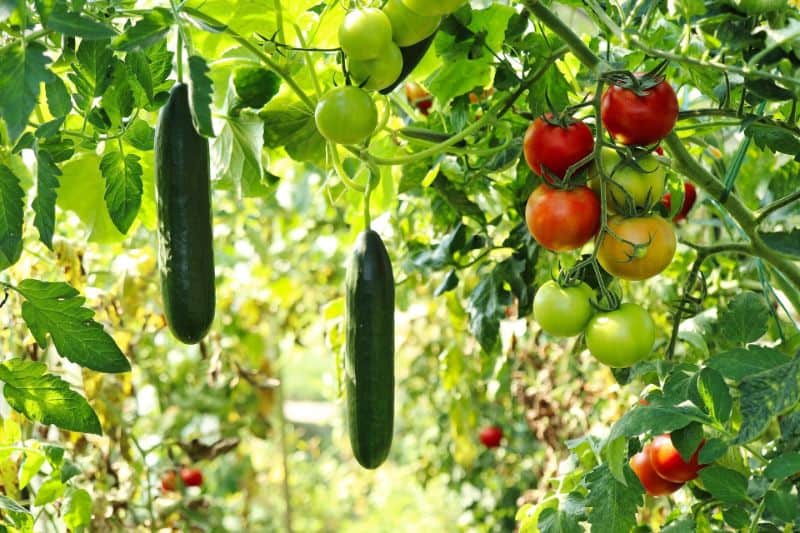
Cucumbers are a refreshing addition to any summer garden and can thrive when planted in August. They flourish best in warmer weather and can yield fruit in about 50-70 days. These plants enjoy plenty of sunlight and consistent moisture.
Growing Tips:
Planting Depth: Sow seeds about an inch deep.
Watering Frequency: Water deeply and not too frequently to encourage strong roots.
Storage: Harvest cucumbers when they’re small for the best flavor.
Radishes (Raphanus sativus)
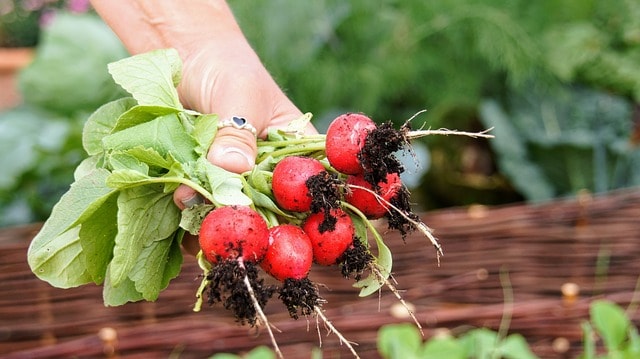
Radishes are one of the quickest crops that can easily fit into the August planting schedule. They typically mature within 25-30 days, providing a fast yield. Their tolerance for warm soil makes them an excellent choice in Zone 9a.
Growing Tips:
Soil Type: Preferring loose, fertile soil, they can be planted directly into the ground.
Spacing: Plant seeds about 1 inch apart; thin them out as they grow.
Water Needs: Consistent watering is crucial; dry soil can lead to bitter-tasting roots.
Swiss Chard (Beta vulgaris)
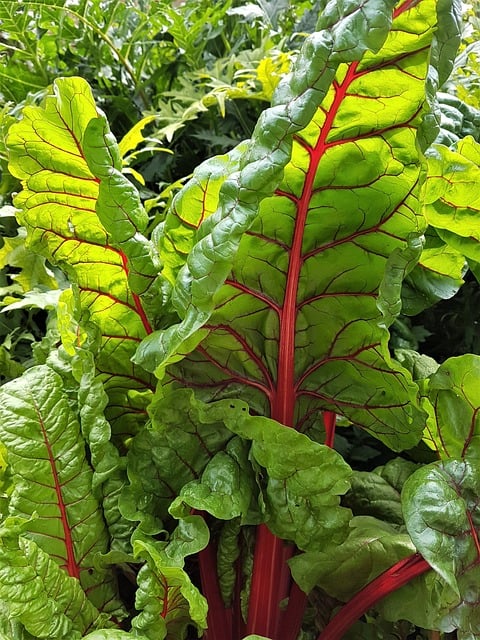
Swiss chard is a hardy leafy green that can be planted in August for a fall harvest. It thrives in temperatures from 60°F to 75°F and can sometimes tolerate light frosts, making it resilient as the season changes.
Growing Tips:
Spacing: Space plants about 18-24 inches apart for ample leaf development.
Harvesting: Begin harvesting outer leaves while allowing the inner leaves to grow for continued production.
Nutritional Benefits: Rich in vitamins A, C, and K, it is a flavorful addition to salads and sautés.
Carrots (Daucus carota)
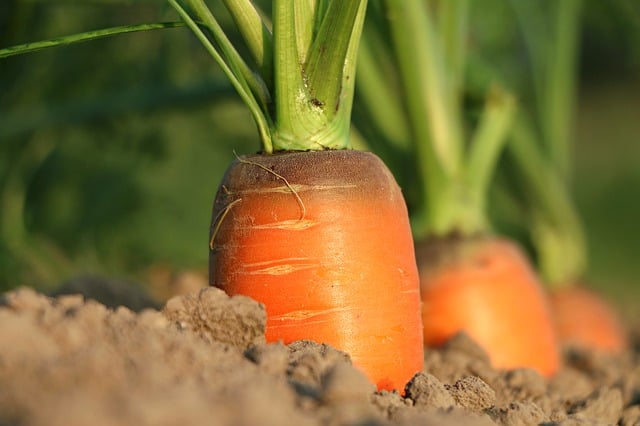
In Zone 9a, planting carrots in August allows them to mature in the cooler weather of fall. These sweet, crunchy vegetables thrive in loose soil and prefer cooler temperatures as they mature.
Growing Tips:
Seed Depth: Sow seeds about ¼ to ½ inch deep for best results.
Thinning Requirements: Thin seedlings to 3 inches apart after they sprout to prevent overcrowding.
Timing: Carrots usually take about 70-80 days to mature, but they can be left in the ground for longer to sweeten with a frost.
Turnips (Brassica rapa)
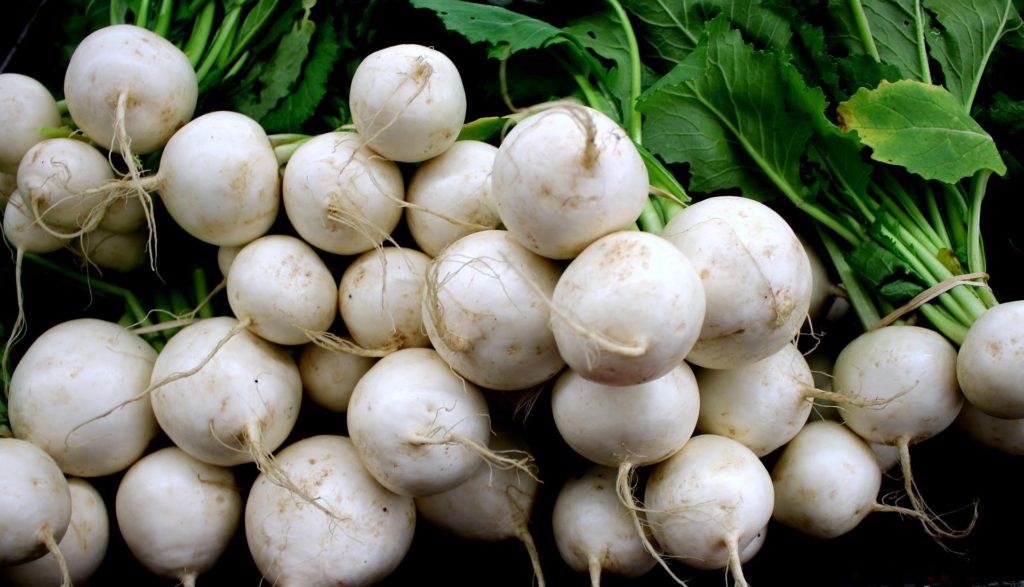
Turnips are somewhat underappreciated but are an excellent late-summer crop. They grow well in warm soils but can tolerate light frost, enabling fall harvesting. Radish-type varieties can mature as quickly as 30 days.
Growing Tips:
Soil Conditions: Favor loose, rich soil that drains well.
Space: Sow seeds 2 inches apart; thin them to prevent crowding.
Preparation: Both the roots and greens are edible, making them a versatile choice.
Flowers To Plant
Sunflowers (Helianthus annuus)
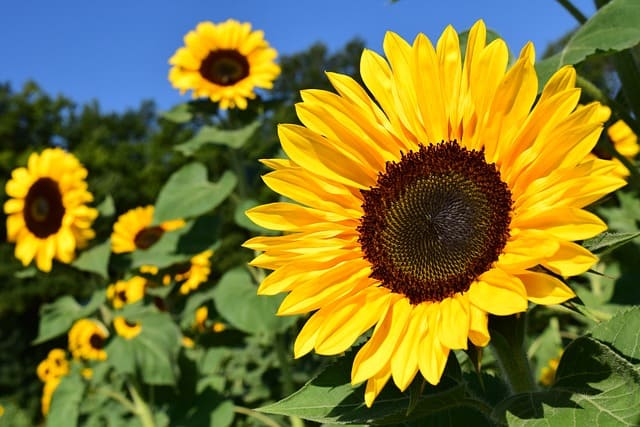
Sunflowers are vibrant and hardy flowers that love the heat, making them a perfect August choice in Zone 9a. These plants grow quickly, typically reaching maturity in about 70-100 days, and provide a stunning display of color and a food source for pollinators.
Growing Tips:
Soil Requirements: Well-draining soil and full sun are essential.
Watering Needs: Water deeply but infrequently; avoid overhead watering to prevent disease.
Support: Tall varieties may require staking in windy areas.
Zinnias (Zinnia elegans)
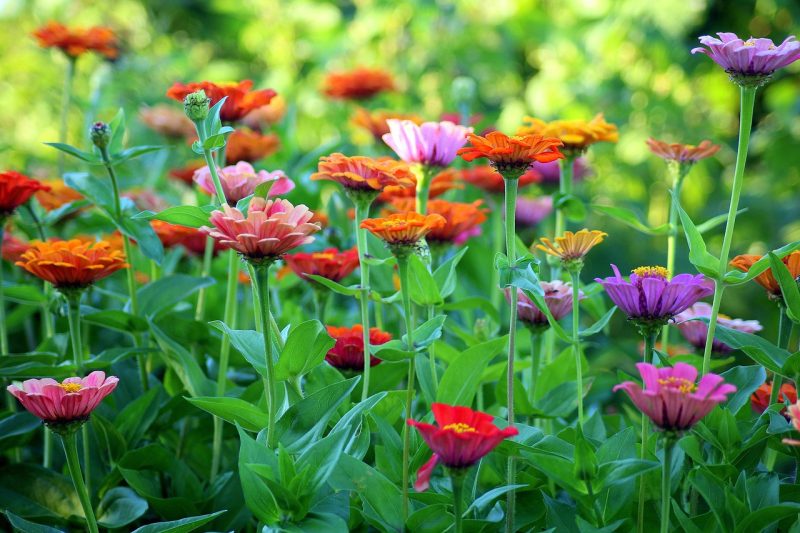
Zinnias are beloved by gardeners for their bright colors and easy care. They thrive in hot weather, making them a perfect August planting option. Depending on the variety, zinnias can bloom in as little as 60 days.
Growing Tips:
Spacing Requirements: Space plants about 12-18 inches apart to allow for their full growth.
Deadheading: Regular deadheading promotes more blooms.
Soil Health: They do best in well-drained soil with moderate fertility.
Marigolds (Tagetes spp.)
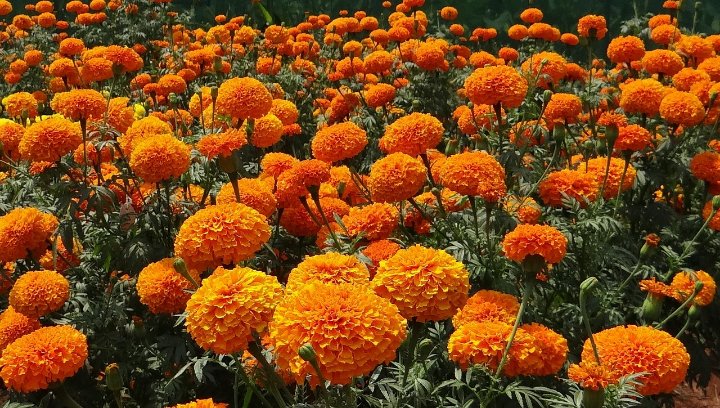
Marigolds are not only beautiful flowers but also serve as natural pest deterrents, making them a fantastic companion plant. They thrive in the warm temperatures of Zone 9a and can bloom from sowing in about 50-75 days.
Growing Tips:
Sunlight Needs: Full sun is best; they can tolerate some shade.
Soil Type: Well-drained soil enhances growth.
Watering: Allow the top layer of soil to dry out between watering sessions.
Cosmos (Cosmos bipinnatus)
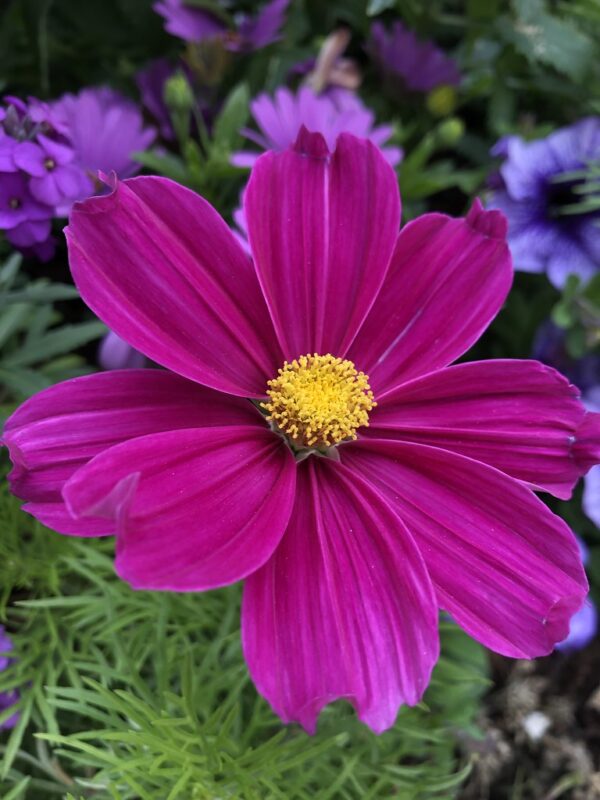
Cosmos flowers are low-maintenance and provide a beautiful display of colors in gardens. They thrive in hot conditions and can bloom in as little as 60 days after planting. This makes them an excellent option for late summer.
Growing Tips:
Height Considerations: Taller varieties may require staking.
Spacing: They need about 12 to 18 inches between plants to promote good airflow.
Pests: They can tolerate low pressure from pests such as aphids.
Pentas (Pentas lanceolata)
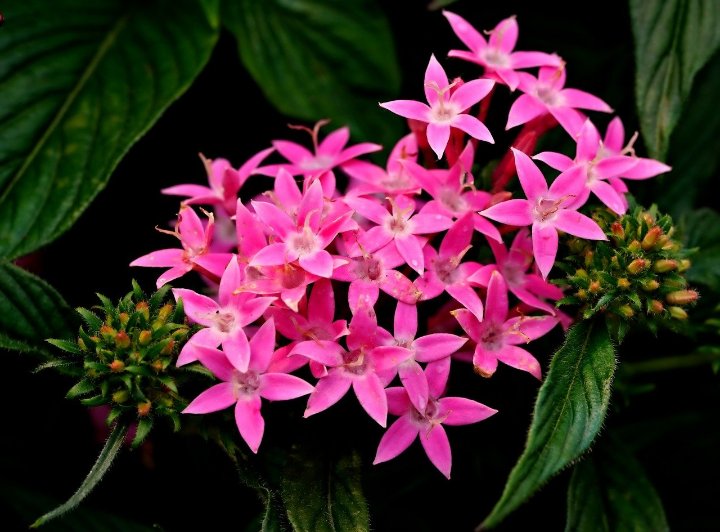
Pentas are a wonderful plant choice that adds color and attracts butterflies. These lovelies thrive in the warmer temperatures of Zone 9a, making them suitable for August planting.
Growing Tips:
Sun Requirements: They adore the sun and need well-drained soil.
Water Requirements: Regular watering is necessary, especially when newly planted, but don’t allow them to sit in waterlogged soil.
Fertilization: An all-purpose fertilizer will promote healthy blooms.
Ageratum (Ageratum houstonianum)
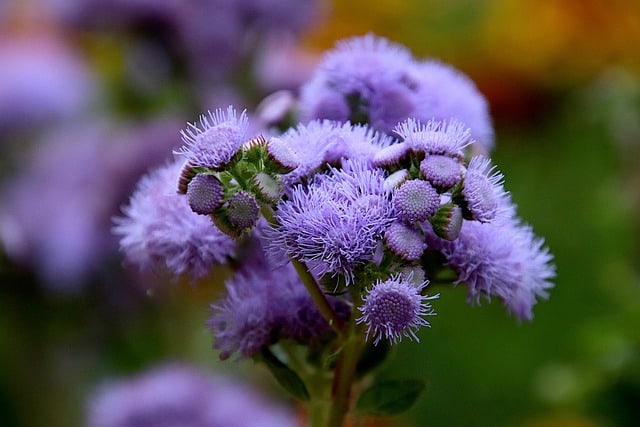
Ageratum produces fluffy clusters of blue, pink, or white flowers that bloom well into fall. They flourish in the warmth of August and can continue to bloom until frost.
Growing Tips:
Spacing: Keep plants about 6-12 inches apart for optimal growth.
Soil Preparation: Well-draining soil is essential.
Deadheading: Regular removal of spent flowers ensures a continuous bloom.
Bougainvillea (Bougainvillea spp.)
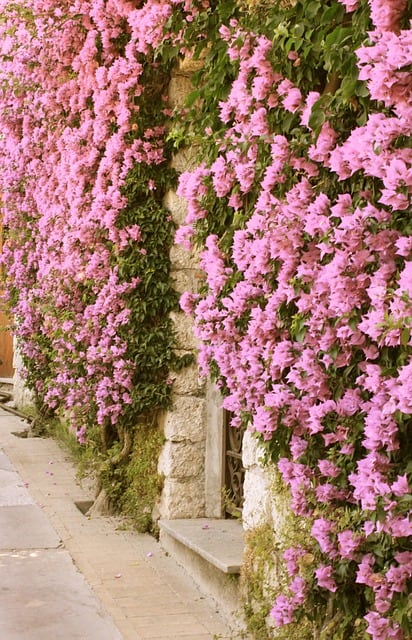
Bougainvillea is a stunning, drought-tolerant, flowering plant that thrives in warm conditions. These vibrant flowers can be planted in August, as they love the heat and respond well to summer sunlight.
Growing Tips:
Sunlight Needs: Full sun is a must; too much shade can hinder blooming.
Watering: Allow the soil to dry out between watering to prevent root rot.
Pruning: Prune periodically to promote bushier growth and more blooms.
Salvia (Salvia spp.)
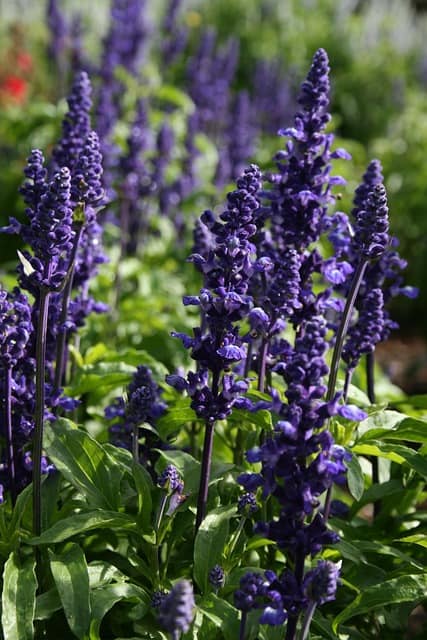
Salvias are hardy, drought-tolerant plants that provide lush foliage and attractive flowers. Their heat tolerance makes them ideal for August planting, and they attract pollinators, contributing to a thriving garden ecosystem.
Growing Tips:
Soil Requirements: Well-draining, light soil is ideal.
Water Needs: Water when the soil is dry but avoid waterlogging the roots.
Pest Resistance: Salvia is generally resistant to pests and disease.
Black-eyed Susan (Rudbeckia hirta)
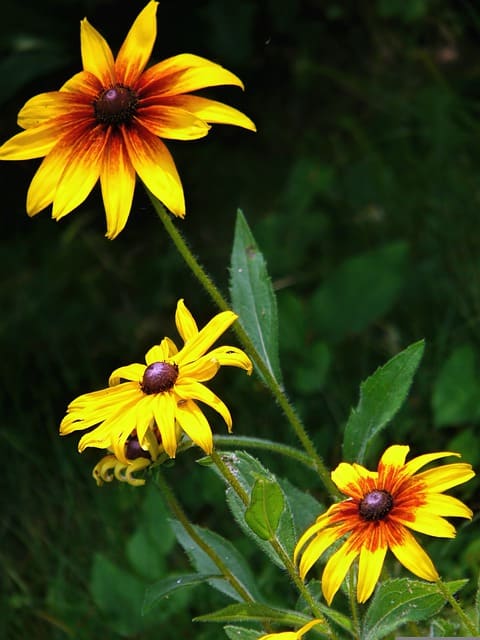
Black-eyed Susans are sun-loving perennials that bring a burst of yellow to gardens throughout the summer and into early fall. They can be planted in late summer to provide fall blooms.
Growing Tips:
Soil Type: They prefer loamy or sandy soils that are well-drained.
Spacing Needs: Plant seedlings 12-18 inches apart for adequate air circulation.
Maintenance: Deadheading encourages more blooms and minimizes self-seeding.
Geraniums (Pelargonium spp.)
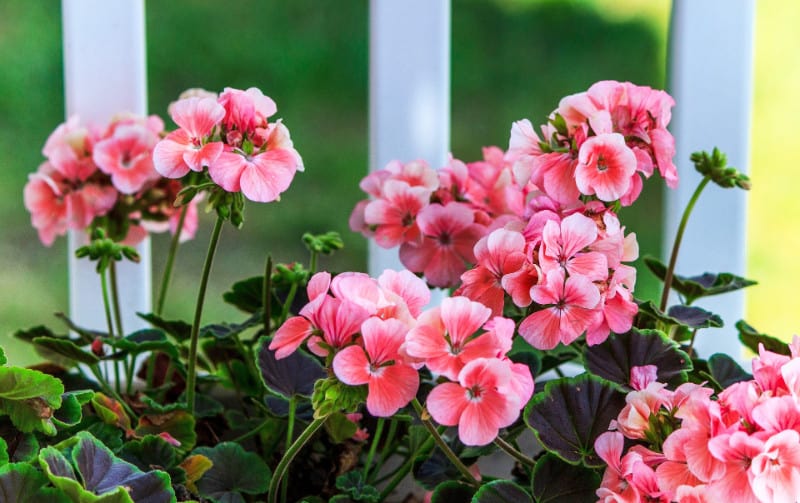
Geraniums are vibrant, hardy flowers ideally suited for August planting due to their heat and drought tolerance. They bloom beautifully and can last through the fall in Zone 9a.
Growing Tips:
Soil Type: Well-drained, sandy soil is best for geraniums.
Watering Needs: Allow the soil to dry out between watering to prevent root rot.
Fertilization: A balanced fertilizer can promote continued flowering.
Herbs To Plant
Basil (Ocimum basilicum)
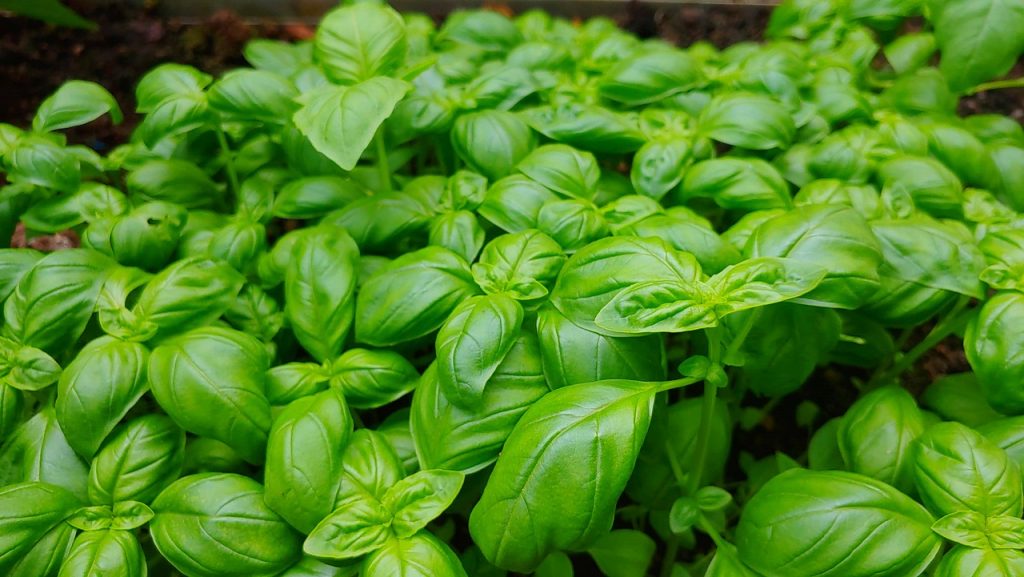
Basil is a summer herb that thrives in the warm temperatures of August in Zone 9a. This aromatic herb loves full sun and can yield fresh leaves for culinary uses within 60 days of planting.
Growing Tips:
Soil Preparation: Well-draining soil loaded with organic matter supports healthy growth.
Pruning: Regularly pinch back the tops to promote bushier growth and prevent flowering.
Companion Planting: Basil is known to enhance the flavor of tomatoes when planted nearby.
Cilantro (Coriandrum sativum)
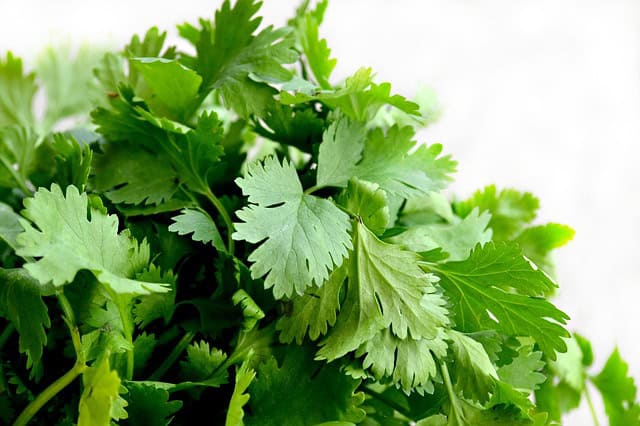
Cilantro is a versatile herb that can be successfully planted in August in Zone 9a. While it prefers cooler temperatures, it can be sown in late summer for a fall harvest. Cilantro matures quickly, typically in 30-40 days.
Growing Tips:
Soil and Water Requirements: Thrives in well-draining soil and requires consistent moisture.
Flowering: Once it flowers, the leaves become bitter, so harvest regularly.
Use: Both the leaves and seeds (coriander) are edible and flavorful.
Oregano (Origanum vulgare)
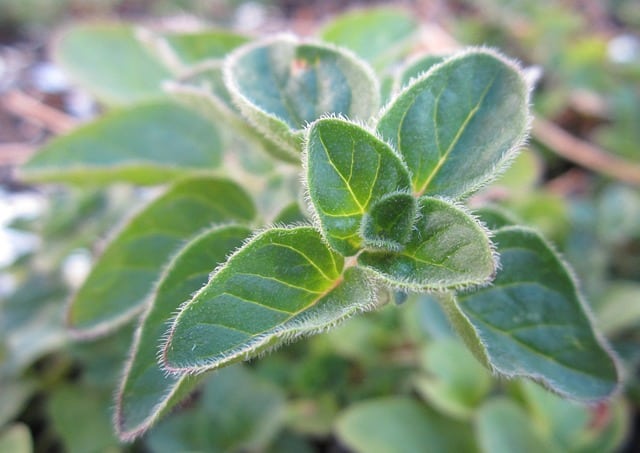
Oregano is a robust herb that flourishes in the warm summer temperatures of Zone 9a. It is drought-tolerant and can be planted in August to establish for fall cooking.
Growing Tips:
Sunlight Needs: Thrives in full sun and poor soil conditions.
Watering: Water sparingly; it prefers to be on the dry side and has an extensive root system that helps it endure dry conditions.
Harvesting: Can be harvested once plants are established and will continue to grow back.
Chives (Allium schoenoprasum)
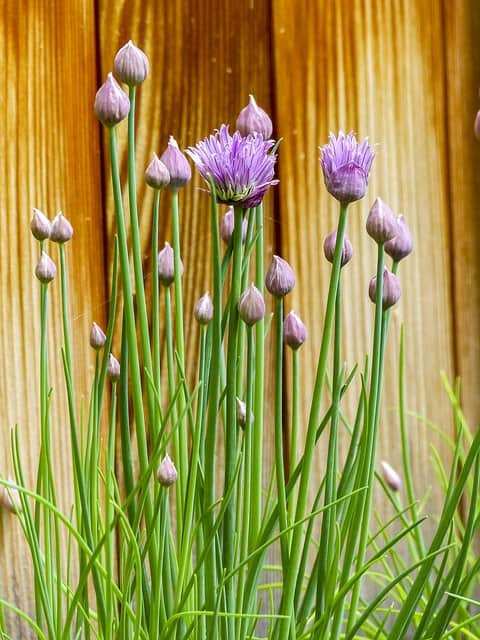
Chives are perennial herbs that can easily adapt to the warm conditions in Zone 9a. They are a great option for August planting, producing fresh green tops in about 60 days.
Growing Tips:
Soil Type: Rich, well-drained soil helps promote their best growth.
Sunlight Needs: Chives thrive in full sun but can tolerate partial shade.
Harvesting: Cut leaves to encourage thicker growth; they do not require replanting yearly.
Dill (Anethum graveolens)
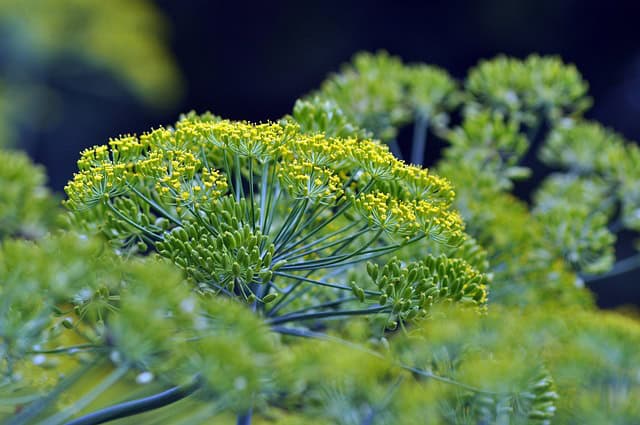
Dill is an aromatic herb well-suited for the warm planting conditions in August. It reaches maturity in about 40-60 days and is perfect for pickling and seasoning.
Growing Tips:
Soil Requirements: Prefers light, sandy soils with good drainage.
Spacing: Plant seeds about 1 inch apart to facilitate adequate air circulation.
Companionship: Dill attracts beneficial insects, making it an excellent addition to the garden.
Parsley (Petroselinum crispum)
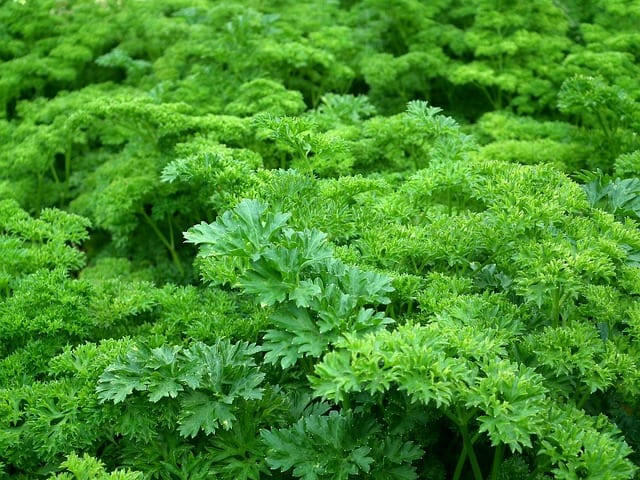
Parsley is a biennial herb that thrives in a hot climate and can be planted in August for a fall harvest. It requires about 70-90 days from seed to mature.
Growing Tips:
Planting Depth: Sow seeds about ½ inch deep in well-draining soil.
Water Requirements: Keep the soil consistently moist but not waterlogged.
Harvesting: Regularly cut leaves to promote new growth.
Mint (Mentha spp.)
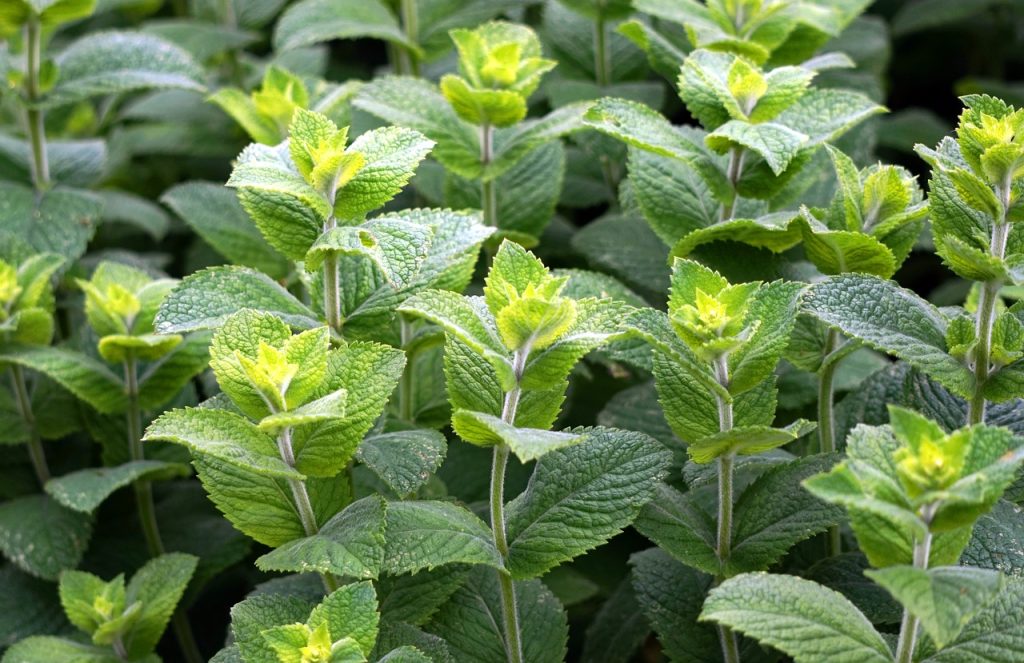
Mint is an aggressive grower that can be a delightful addition to any herb garden. It flourishes in warm temperatures and can be planted in August, thriving in partial to full sunlight.
Growing Tips:
Containment: Plant mint in containers to prevent it from overtaking the garden.
Watering Needs: Regular watering is important; they prefer moist soil.
Culinary Uses: Mint is not only versatile but also a great addition to teas, salads, and desserts.
Tarragon (Artemisia dracunculus)
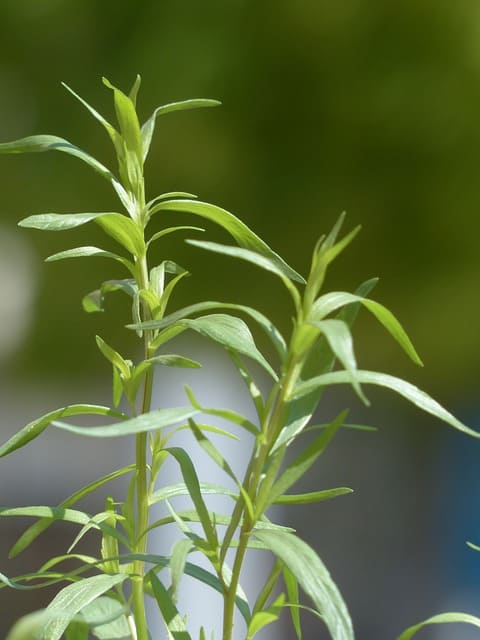
Tarragon is a perennial herb that can do well when planted in August in Zone 9a. It is best known for its culinary use, adding a unique flavor to dishes.
Growing Tips:
Soil Type: Preferring well-drained soils, tarragon can tolerate poor soil conditions.
Sunlight Needs: It thrives in full sun and requires moderate watering.
Propagation: Can be propagated through cuttings for continuous growth.
Thyme (Thymus vulgaris)
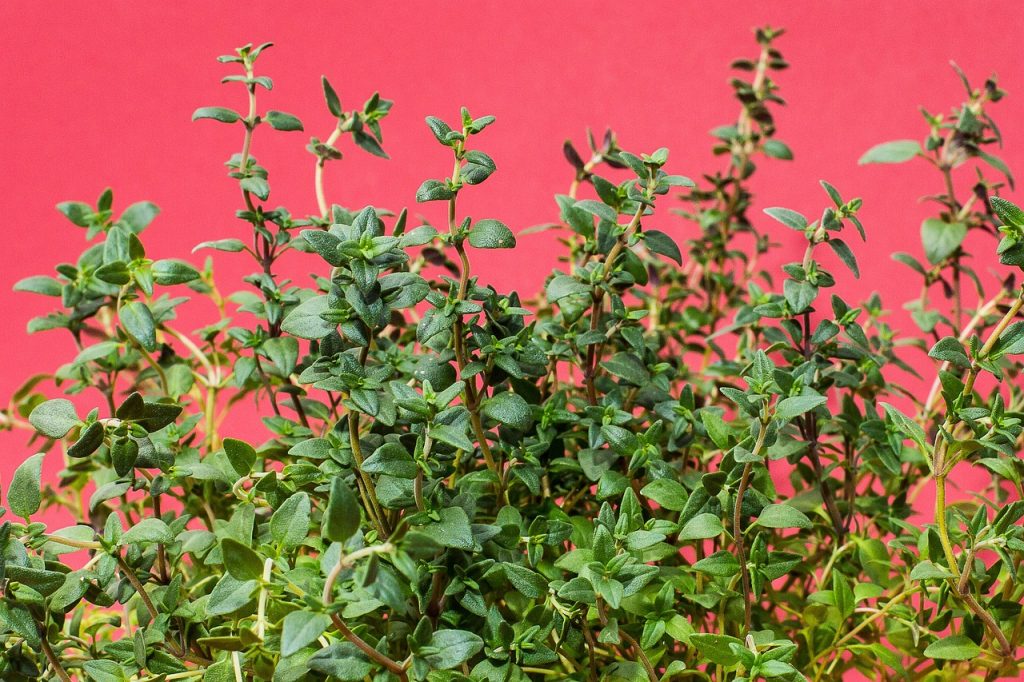
Thyme is adaptable and hardy, making it a suitable herb for August planting in Zone 9a. It matures quickly, providing flavorful leaves for culinary uses within 60 days.
Growing Tips:
Soil Type: Prefers well-drained, dry soils.
Water Requirements: Water sparingly; it prefers less frequent irrigation.
Harvesting: Regular trimming encourages dense foliage.
Landscape Plants To Plant
Citrus Trees (Citrus spp.)
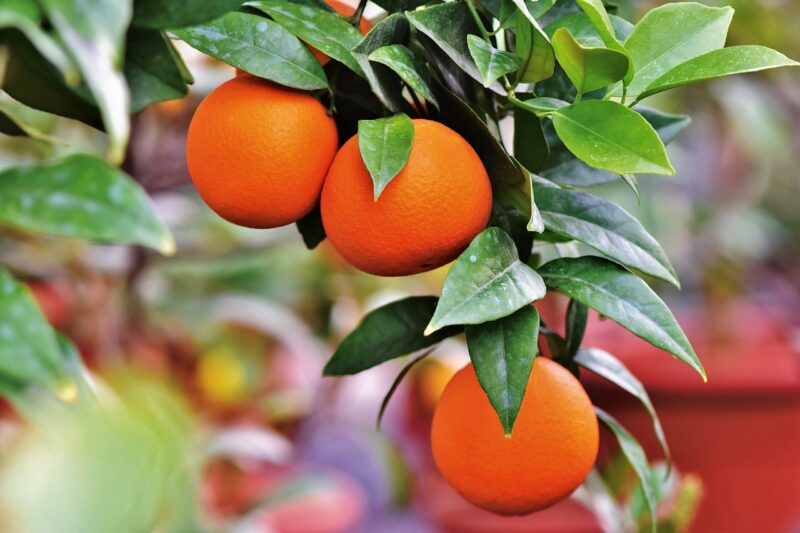
Zone 9a is ideal for growing a variety of citrus trees, including oranges, lemons, and limes. Planting citrus in August provides ample time for them to establish roots before the cooler months arrive. Citrus trees enjoy full sun and well-drained soil.
Growing Tips:
Spacing: Full grown citrus trees need plenty of room—allow about 10-15 feet between trees.
Watering Needs: Regular irrigation is crucial, especially during dry spells.
Fertilizing: Use a slow-release fertilizer designed for citrus to encourage healthy growth.
Periwinkle (Vinca minor)
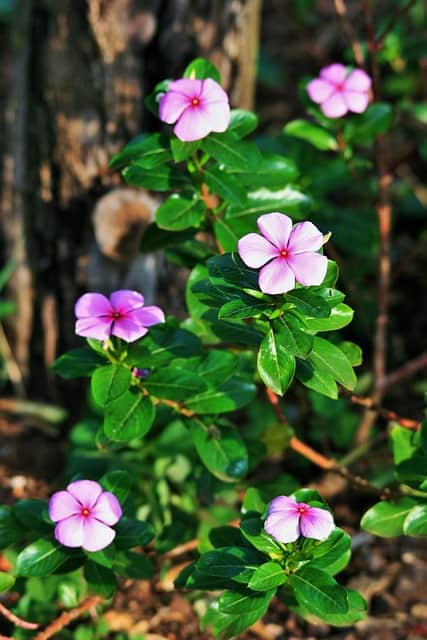
Periwinkle is an evergreen ground cover that thrives in a variety of conditions. It can be planted in August in Zone 9a, where it will spread and provide attractive foliage year-round.
Growing Tips:
Sun and Shade: While it prefers sun, it can also grow in shade.
Watering: Regular watering helps establish the plant but avoid overcrowding.
Soil Needs: Tolerates a range of soil types, making it low-maintenance.
Ornamental Grasses (Various species)
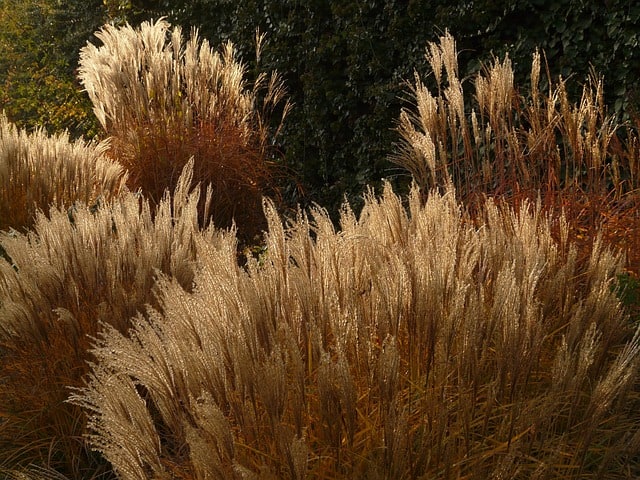
Ornamental grasses can add texture and movement to your landscape. They should be planted in August for a robust growth period before cooler temperatures arrive. Many varieties can thrive in slightly drier conditions.
Growing Tips:
Soil Type: These grasses thrive in well-draining soils and full sunlight.
Maintenance: Cut back dead foliage in spring to encourage new growth.
Landscaping Uses: Good for borders, dry areas, or as accents in modern landscapes.
Bougainvillea (Bougainvillea spp.)

Bougainvillea offers vibrant colors to any landscape, making it a fantastic choice for August planting. They adore full sun and are incredibly drought-tolerant once established.
Growing Tips:
Water Needs: Allow established plants to dry out between waterings.
Pruning: Regular pruning encourages new blooms and better shape.
Support: Bougainvilleas can be grown as ground covers, climbing vines, or even trained into trees.
Lantana (Lantana camara)
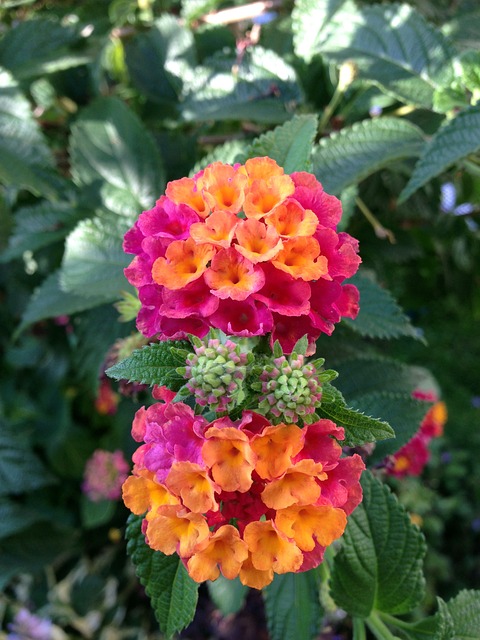
Lantanas are hardy perennial flowers that thrive in the heat, making them perfect for planting in August. They appeal to butterflies and other pollinators, adding to your garden’s liveliness.
Growing Tips:
Soil Requirements: They adapt to a variety of soils but prefer well-drained conditions.
Watering Needs: Watering should be moderate; they are drought-resistant once established.
Space Wisely: Space them 18-24 inches apart to allow for growth and air circulation.
Hibiscus (Hibiscus rosa-sinensis)
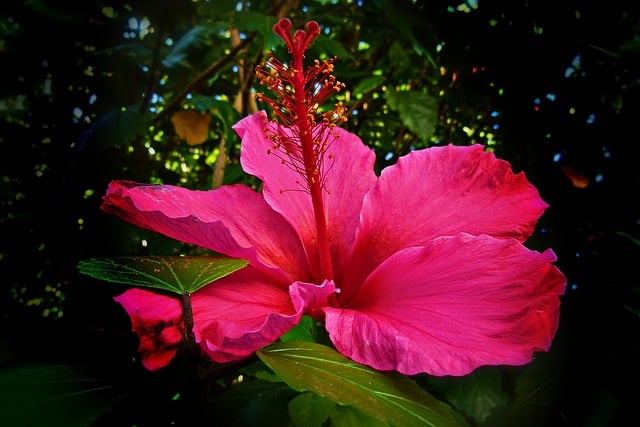
Hibiscus plants produce large, showy blooms, ideal for a tropical touch in Zone 9a gardens. They can be planted in August, benefiting from the heat to establish themselves before cooler weather arrives.
Growing Tips:
Sunlight Needs: They thrive in full sun and prefer moist, well-draining soil.
Fertilization: Use a low-nitrogen fertilizer to enhance blooming.
Pruning: Deadhead spent flowers regularly to promote a longer blooming season.
Crepe Myrtle (Lagerstroemia indica)
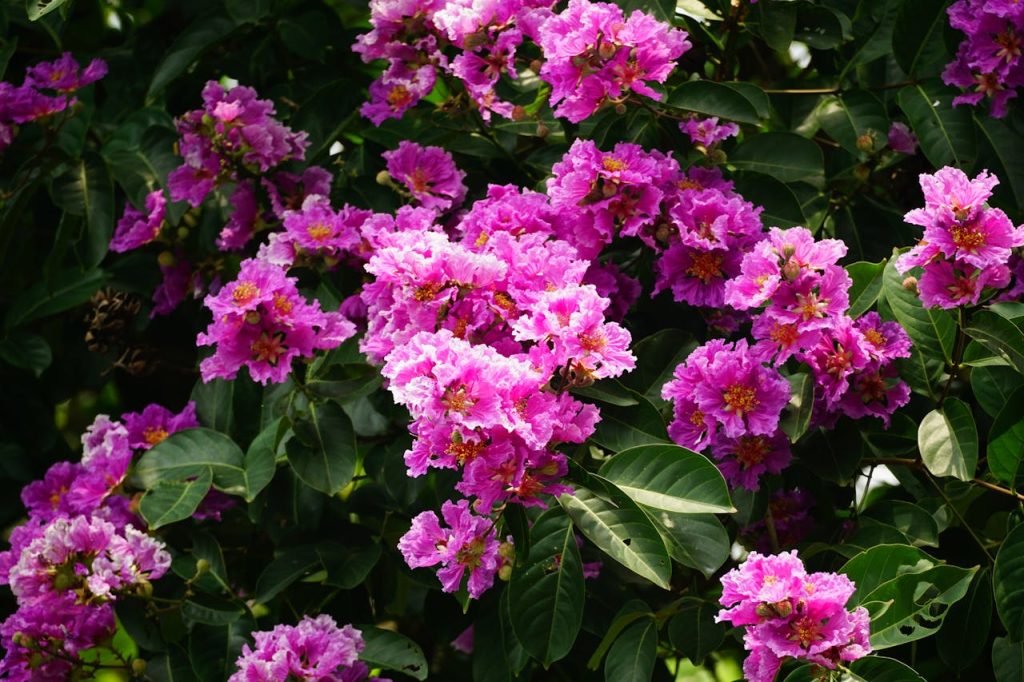
Crepe myrtles are adored for their spectacular summer blooms and rich foliage. Planting them in August gives them enough time to settle in before the onset of cooler weather.
Growing Tips:
Spacing: For larger varieties, allow 6-15 feet between plants for proper growth.
Soil Requirements: They do well in well-drained soils and thrive in full sun.
Maintenance: Prune in late winter to encourage strong spring growth.
Salvia (Salvia spp.)

Salvia plants are resilient and heat-loving additions to any landscape. Their vibrant flowers are not just eye-catching but also attract pollinators, making them perfect for August planting.
Growing Tips:
Soil Needs: Well-draining soil is key.
Watering Requirements: Water established plants moderately; they are fairly drought-tolerant.
Maintenance: Trim back in early spring to promote fresh growth and blooming.
Pineapple Guava (Feijoa sellowiana)
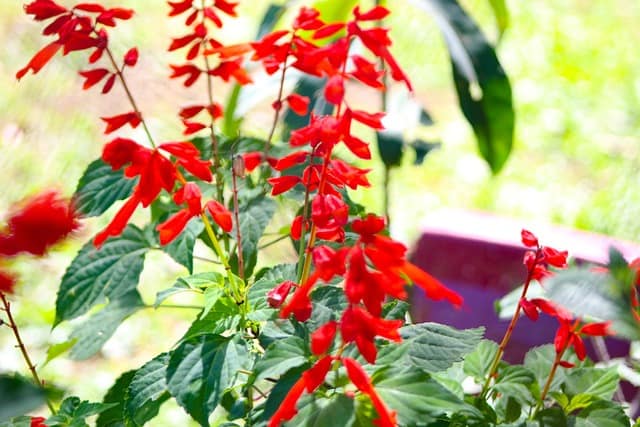
Pineapple guava is an exotic fruit tree well-suited for Zone 9a, providing attractive flowers and edible fruits. Planting in August allows for better establishment and growth in the warmer months.
Growing Tips:
Soil Type: Prefers well-drained soils rich in organic matter.
Water Needs: Consistent watering helps establish roots.
Pollination: While self-fertilizing, cross-pollination may improve fruit sets, so consider planting multiple trees.
River Birch (Betula nigra)
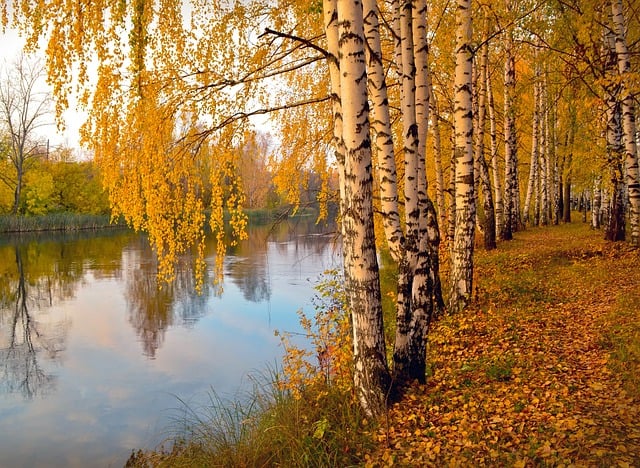
River birch is a lovely native tree that flourishes in various landscape conditions. Planting them in August allows for strong root establishment before cooler months.
Growing Tips:
Sun Requirements: They thrive in both full sun and partial shade.
Soil Needs: Prefers wet, well-draining soils and is tolerant of poor conditions.
Maintenance: Minimal maintenance is required, making it a low-effort choice for gardeners.




